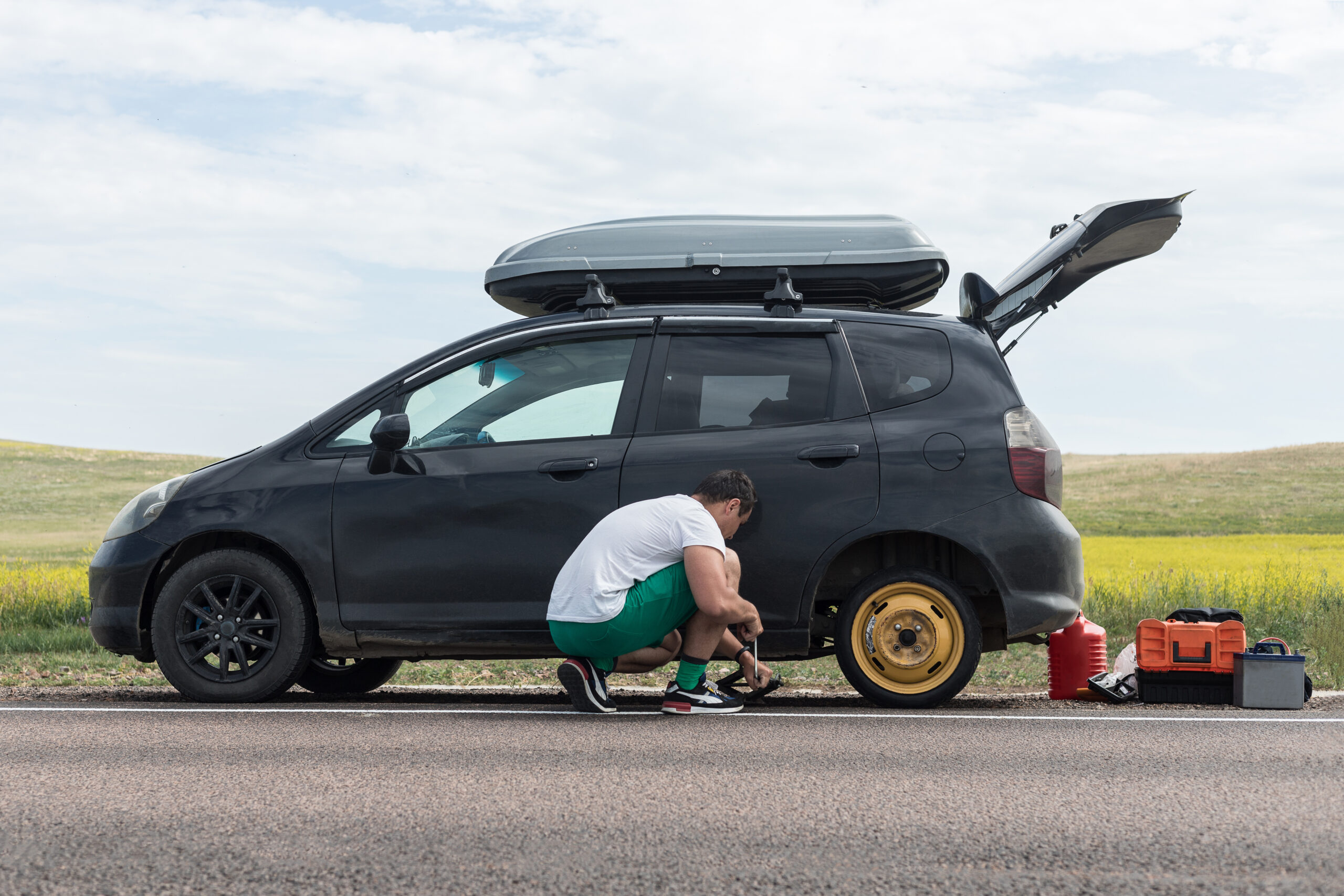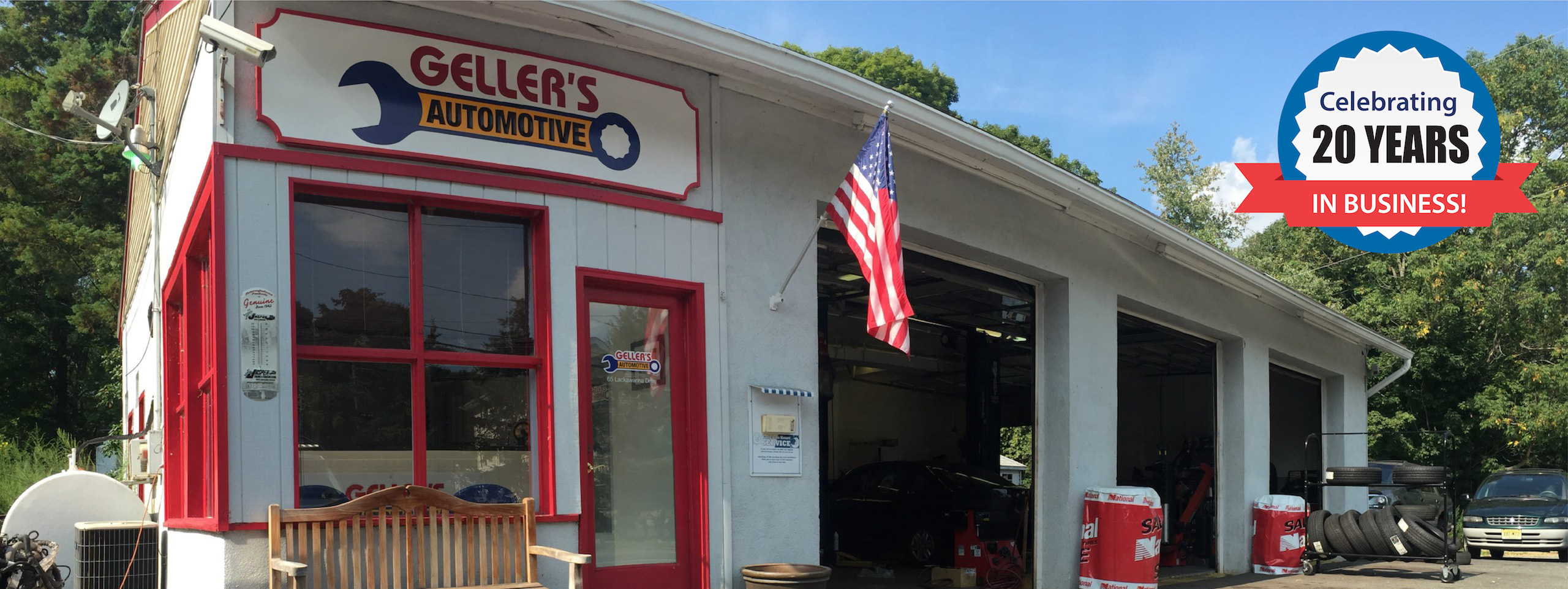
How prepared are you in the event of a flat tire? A flat tire is no laughing matter, and it only takes one nail or screw on the road to damage your tire. There are several ways to handle this unfortunate experience and keep your stress and inconvenience at a minimum. In this month’s blog post, we cover four pointers for how to be better prepared for the possibility that you may get a flat tire.
Learn How to Change a Tire
If you do not know how to change a tire, it’s always helpful to learn. It is especially important to learn in case you are ever in a situation where you cannot contact roadside assistance.
There are several ways to learn – from searching online videos or reviewing your owner’s manual. If you are unsure, ask a friend or family member who is familiar with changing a tire to take you through the steps. Every driver should know what’s involved in changing a tire and be able to perform this function on their own.
Inspect Your Spare Tire
Changing a tire is useless if you don’t have a spare tire, or it is not functional. Take the time to locate where your spare tire is within the vehicle. To reduce overall vehicle weight, many newer vehicles do not have spares, and provide you with tools to help you temporarily inflate your tire until you get assistance.
Inspect your spare tire to determine what type of tire you are equipped with in the vehicle. For example, you may have a full-sized replacement tire. This is optimal since you do not need to replace the tire right away. Typically, spare tires are meant only as a temporary solution until you can get your regular tire repaired or replaced.
If you have the traditional donut spare tire, it is meant to only be driven short distances at lower speeds. Follow the 50/50 rule – never drive over 50 miles or above 50 miles per hour on a temporary spare tire.
Regardless of the spare tire you have, have the air pressure checked periodically to ensure it is properly inflated. Spare tires like the donut will require a different PSI to stay inflated so check with your vehicle or tire manufacturer for specifics. Many roadside assistance services claim that motorists are often driving on an underinflated spare tire.
Review Your Tools
Wherever your spare tire is stored, you should also be equipped with the proper tools to replace the tire. Do a check to ensure that you have everything you need, including:
- The car jack device
- Lug nut remover and lug nut lock key (if you have locked lug nuts)
- Manual or automatic air pressure gauge and inflator
Focus on Safety
Changing a tire can be hazardous, so it’s important to maintain a focus on safety. Ensure that your vehicle is equipped with the right safety measures if you must replace your tire on the road.
Always pull your vehicle off to a safe distance from the road. Set up your safety zone with the suggested safety equipment below:
- Road flares
- Safety cones
- Safety clothing – like a brightly colored vest
- Flashlight or lantern (in case you are changing your tire in the dark)
Stay safe this spring and do a spare tire check on your vehicle. It only takes a few minutes and can help you be more prepared to handle a flat tire safely and smoothly.
If you would like to have your spare checked out, give the service professionals at Geller’s Automotive a call today to schedule an appointment.



